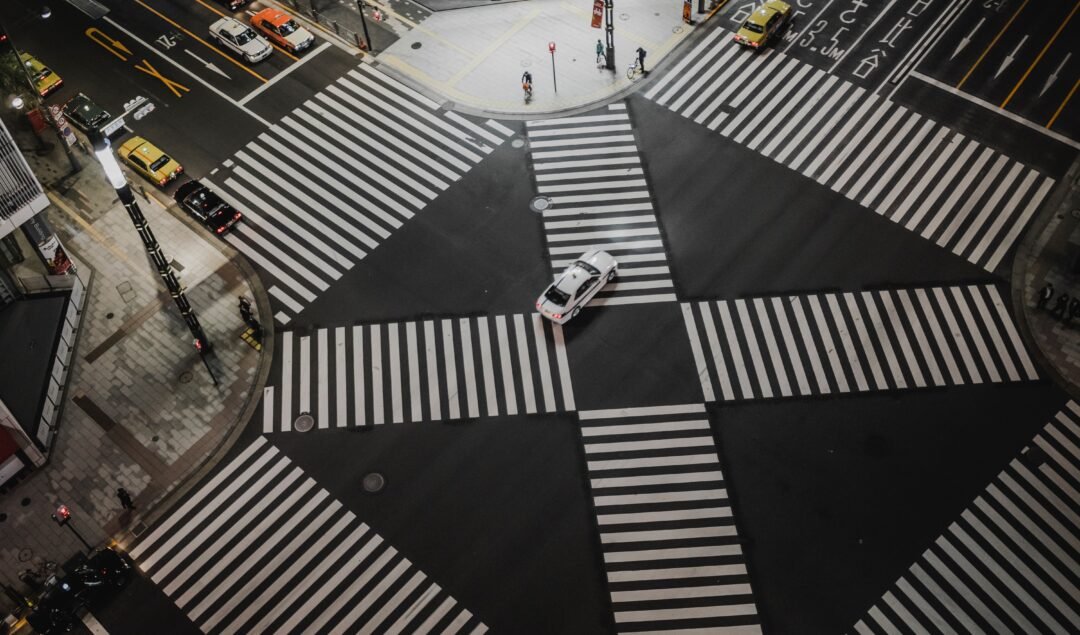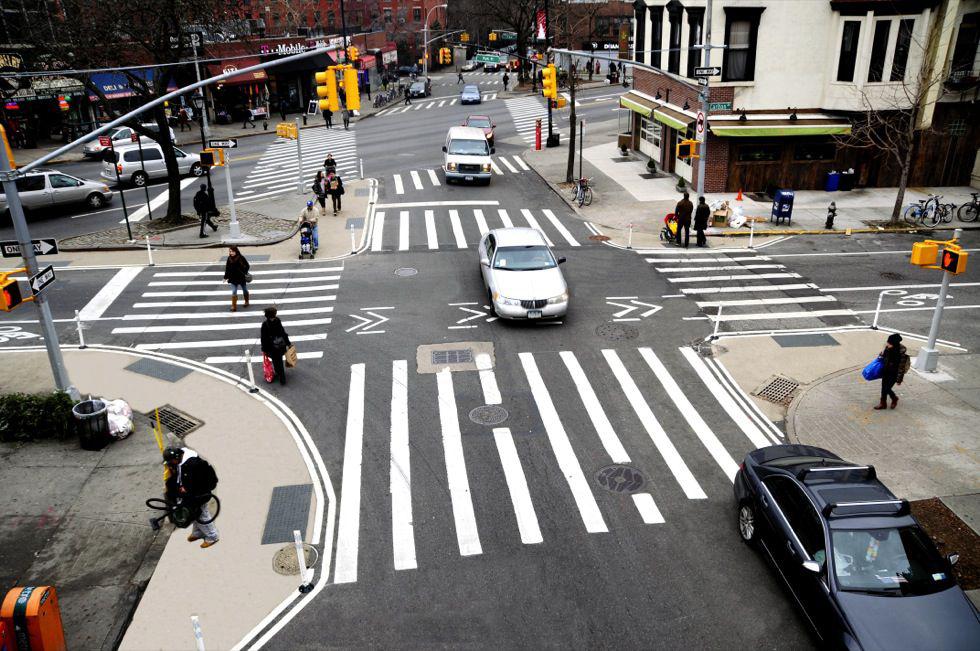How Line Marking Can Help To Balance Streets?

Line-marking is a common construction technique for landscaping and highways. It uses thin horizontal lines to emulate the tops of plants or fencing, and enable both near-field foreground and long-range planning setting scene. But what happens when you make one of these markings too thin? This article discusses that issue from the perspective of the environment before digging into how it’s solved by using line marking again.
-
How line marking Melbourne Can Help?
One of the most common complaints from city planners and engineers is that streets in their neighbourhoods are too straight. This lack of street curvature can lead to problems like blocked views, increased traffic congestion, and decreased safety. Curvilinear streets can improve these issues by allowing for easier navigation, better sightlines, and reduced speeds. There are a number of ways to add this type of geometry to your street network, but one of the most popular is a line marking.
Line marking uses various colours to indicate different types of traffic control. This can include crossings, parking spots, dead-ends, and even bicycle lanes. By using these colours and patterns, we can minimize confusion for drivers and help them navigate around the street grid. Additionally, line marking can help us to optimize our streets for different types of traffic. For example, bicycles need different accommodations than cars do, so marking lanes specifically for them can make riding on local roads much more pleasant.
While line marking is an effective way to improve streets in your neighborhood, it’s worth noting that it isn’t always the best solution. In certain cases, traditional pavement markings may be more appropriate.
-
Why line marking can ease pressure on busy roads?
Today’s roads are often very busy, with more and more cars occupying the space. This means that the lanes may become narrower as traffic increases, putting more pressure on the transportation infrastructure. One way to ease this pressure is to use line marking, which helps to divide the road into sections that can be used separately by different types of vehicles. By marking the lanes clearly, drivers know where they should go and can avoid congestion. Here are some reasons why line marking can be a valuable tool in easing congestion:
1) Line marking helps drivers to know where they should go. When drivers know where they are supposed to be and what they are allowed to do, they are less likely to get confused and bogged down in traffic.
2) Line markings help prevent accidents. By clearly delineating the lanes, drivers are able to see potential hazards ahead and avoid them without difficulty. This prevents accidents from happening in the first place, and reduces the number of times that drivers need to stop on the road.
3) Line markings reduce emissions. When drivers know where they are allowed to go, they tend to drive slower and use less fuel than when they are unsure of their surroundings. This contributes to lower emissions levels overall.

-
Fitting out areas by creating crossings
When creating a street layout, planners need to consider how intersections will work.
line marking Melbourne can help to balance the streets while still allowing drivers to make informed decisions. When designing intersections, it is important to consider the spacing between the white lines on the roadway and the green spaces in front of intersections. This design will help pedestrians and drivers understand where they are allowed to cross. There are many different methods for fitting out intersections, but planners can create crossings that are well-aligned with other nearby features by using line marking.
One way to fit out an intersection is to create pedestrian crossings at each corner. By doing this, planners can ensure that all of the streets are properly connected and that pedestrians have complete access to all corners of the intersection. In addition, this type of design allows for easy updates when new business or roads open up nearby.
Additional methods for fitting out intersections include adding crossings at mid-block locations and along arterial roads. By doing this, planners can consider how traffic moves throughout the city. Additionally, these types of crossings can be easily adapted when needed due to growth or changes in the area.
Conclusion
Streets need to be marked to balance the needs of motorists, cyclists, and pedestrians. When vehicles are not properly lined up, cross-traffic isn’t able to move around properly, causing frustration for all involved. Many different types of line markings can be used to help with this balance.






